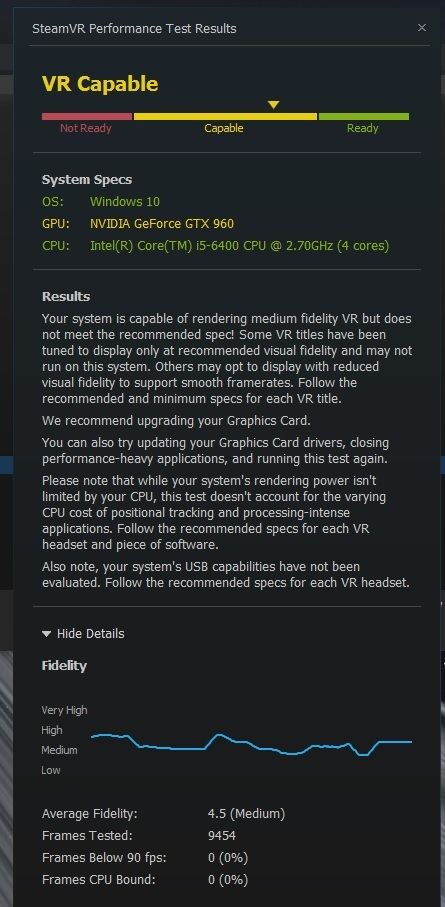Caporegime
- Joined
- 9 Nov 2009
- Posts
- 25,802
- Location
- Planet Earth
Seems a bit of a stupid test if it does not work with SLI or XFire which does not use AFR in VR,since it dedicates one card to each display.
So realistically its not really that great a test,unless OFC SteamVR won't support dual cards which is dumb.
So realistically its not really that great a test,unless OFC SteamVR won't support dual cards which is dumb.












